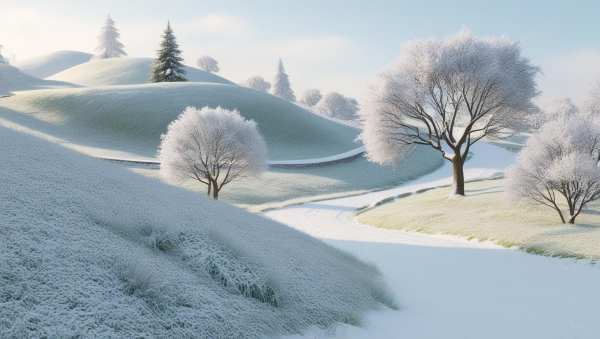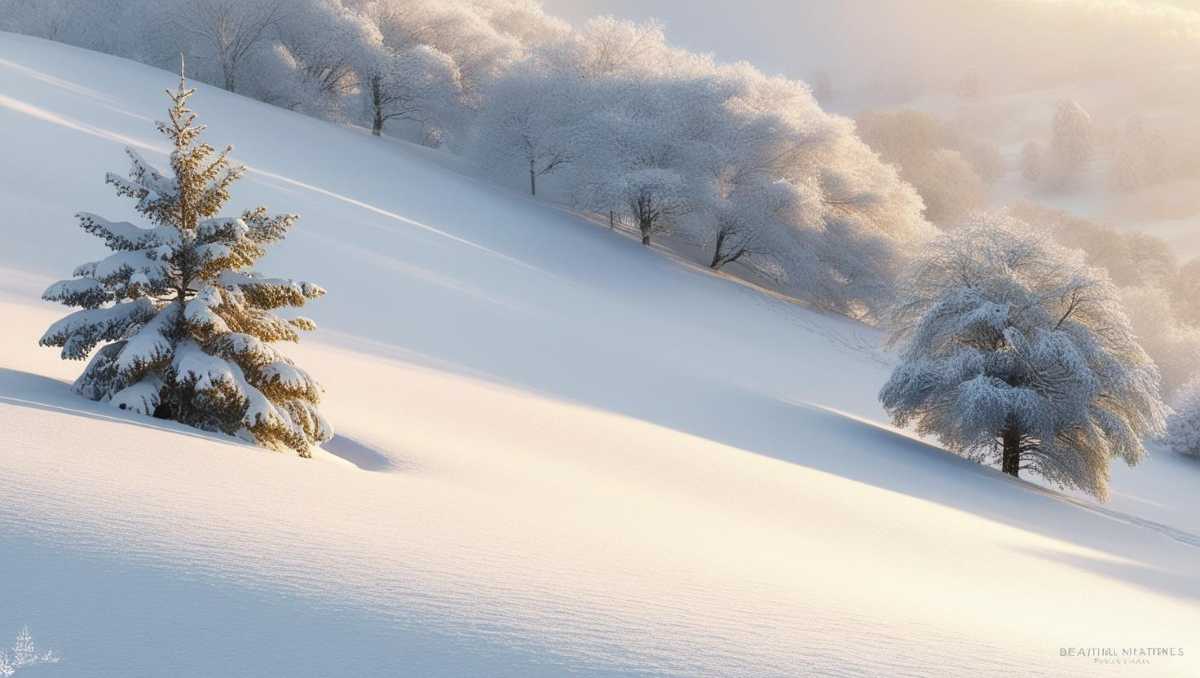Snow day parks, also known as winter wonderlands, offer you the opportunity to enjoy outdoor activities like skiing, snowboarding, ice skating, and snowshoeing.
These parks become popular destinations, in regions that experience heavy snowfall during the winter months.
So, to know how many snow day parks exist in the US, then this article is for you. These parks play a role in enjoying winter recreation and can help outdoor enthusiasts plan their seasonal activities.
Definition of Snow Day Parks
Snow day parks are those designated areas that get enough snowfall and have recreational facilities for winter sports. You can check snowfall probability by visiting the snow day estimator. However, they usually lie in mountainous regions, forests, or areas of high-altitude climate.
The parks are intended to provide facilities that cater to outdoor winter enthusiasts, providing groomed trails for skiing and snowboarding to the designated areas for snow tubing and sledding.
Geographical Distribution of Snow Day Parks in the USA

The number of snow day parks differs from one region to another in the United States, mainly because of the different climate regions.
The patterns of snowfall are essential in determining where these parks are established. Some of the key regions where snow day parks are most prevalent include:
1. The Rocky Mountains
Rocky Mountain states, stretching from New Mexico to Canada, to many snowy parks in their high-altitude regions. Heavy snowfall creates ideal winter conditions. Vail, Breckenridge, and Aspen are some destinations in Colorado whose world-class resorts for skiing allow multiple snow park locations.
Overall, the area is known both for its pristine natural beauty as well as infrastructure designed for great winter sports – and thousands attend its mountains every winter.
2. The Northeast and the Great Lakes Regions
The Northeast states of the US, such as Vermont, New Hampshire, and Maine, receive quite a lot of snowfall mainly because they border the Atlantic Ocean and are on high ground.
The Great Lakes region, too, with places like Michigan and Wisconsin, experiences heavy snow because of lake-effect storms. All these regions have several parks and ski resorts that attract those who love spending time in the snow.
Popular destinations like Lake Tahoe in California and Whiteface Mountain in New York are well-known for their snow-day park facilities.
3. The Pacific Northwest
The Pacific Northwest, especially Washington and Oregon, is known for wet, snowy winters. Places like Mount Baker in Washington are known to have some of the highest snowfall records in the U.S. Ski resorts such as Crystal Mountain and Stevens Pass are great for outdoor winter activities, providing well-developed snow day parks.
4. Alaska
Alaska, with its rugged terrain and subarctic climate, is home to many snow-day parks. The state receives some of the heaviest snowfall in the country, making it a prime destination for winter sports enthusiasts.
Parks such as Alyeska Resort near Anchorage and the Chugach Mountains offer extensive facilities for snowboarding, skiing, and other winter activities.
Role of Snow Day Parks
As snow day parks are a source of recreational activities, they play a significant role in providing various outdoor recreations through which people would be engaged throughout the winter season to boost the local economy.
Tourism during the winter months through such parks, contributing to community well-being, can be explained with the following key roles that snow day parks play.
Tourism and Economic Impact
Snow day parks contribute significantly to local economies, especially in rural and mountainous areas. Ski resorts and snow parks attract tourists who spend money on accommodations, dining, equipment rentals and lift tickets.
This influx of visitors supports jobs in hospitality, tourism, and outdoor recreation, helping to stimulate local economies during the off-season.
Outdoor Recreation and Health Benefits
Winter sports and snow day park activities are very health-benefiting, including fitness, mental health, and reduced stress. It includes skiing, snowboarding, and snowshoeing, which helps in building up strength, enhancing cardiovascular health, and encouraging outdoor exercise.
Snow parks provide specific areas where families can play safely in activities such as snow tubing and sledding. This encourages people to be outdoors and enjoy themselves with the community.
Environmental Conservation and Sustainability
Most snow day parks emphasize environmental conservation and sustainability. Most of these parks practice eco-friendly practices, such as renewable energy use, natural landscape preservation, and wildlife habitat protection.
These parks, by doing so, ensure the protection of the environment, which means future generations will have a chance to enjoy winter recreation.
Future of Snow Day Parks
The future of snow day parks in the USA seems bright, even with the effects of climate change on snowfall patterns. Several factors contribute to the ongoing success and development of snow day parks:
Snowmaking Technology
To address concerns of reduced natural snowfall due to climate change, many snow day parks have invested in snowmaking technology.
These systems use water and air to create artificial snow, ensuring consistent conditions even during mild winters.
Snowmaking technology has allowed resorts to maintain winter recreation facilities and extend their seasons.
Adaptation to Climate Change
Parks and resorts are employing strategies to adapt to changing climate conditions. This ranges from diversifying activities to attracting visitors beyond the traditional winter sports such as mountain biking, hiking, and eco-tourism during the off-season. Resorts are also exploring summer activities to create year-round attractions.
Increased Accessibility
Nowadays, accessibility and inclusivity-oriented snow day parks have been designed to offer opportunities for people of all ages and abilities to participate in winter sports.
Overall, researchers are working on improving facilities by ensuring the provision of adaptive equipment, among others, that makes everybody enjoy winter recreation.
You can check The National Ski Areas Association for more information on snow-day parks and winter recreation.
Final Words
Snow day parks are crucial winter recreation facilities and contribute to local economies. Although the distribution of such parks is majorly concentrated in areas with high snowfall rates, there is still a bright future for these parks as investments in technology, sustainability, and accessibility are continued. They could be in the Rocky Mountains, the Northeast, or even Alaska; snow day parks will provide countless opportunities for outdoor winter enthusiasts to immerse themselves in the beauty of snowy landscapes and thrilling activities.
